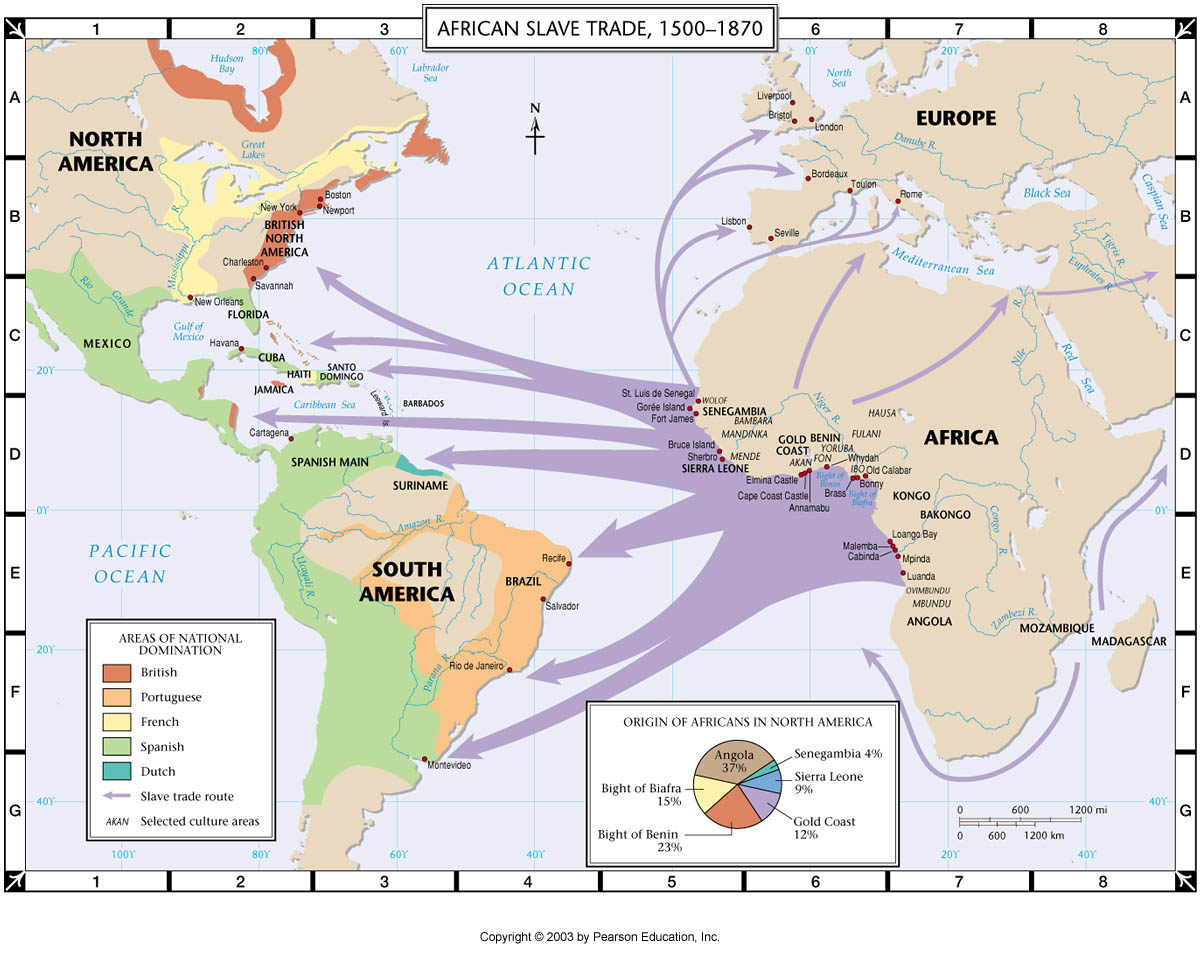Lonnie Bunch: A male in the late 18th century, early 19th century would go anywhere from $600 to $1,500, which is probably about, oh, $9,000 to $15,000 today.
Scott Pelley: This was incredibly lucrative.
Lonnie Bunch: In the years before the Civil War, the amount of money invested in slaves was more than the amount of money invested in railroads, banks, and businesses combined. This was the economic engine of Europe and the United States.
Lonnie Bunch: By the time you got here....
The enslaved marched from the auction down this ramp and on to the ships.
Mozambique Island rises from the Indian Ocean, south of the equator. It was one of the points in what was called the Triangular Trade -- goods from Europe to Africa, slaves to the New World. And, cotton, gold and tobacco -- back to the old.
In the 1400s, the Portuguese were the first Europeans to trade in slaves and they became the largest, followed by the English, French, Spanish and Dutch. On Mozambique Island the Portuguese built a fortress that they called St. Sebastian for the Christian martyr who was captured, chained and murdered in Rome in the year 288. The irony of that name, was the only thing here the Portuguese failed to grasp.

No comments:
Post a Comment